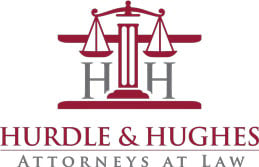Most people do not think about the risk of injury when heading to the grocery store.
However, these often busy locations can easily pose a slip or trip-and-fall risk for unwary customers. That is especially true if store owners and/or employees fail to maintain clean and safe premises.
1. Entryways and exits
The frequent foot traffic at entryways and exits can make these areas quite hazardous. When entering and leaving the store, customers should watch out for missing, damaged or disarranged mats as well as debris that other visitors may have tracked in.
2. Produce areas
Fallen produce is not the only hazard to watch for in fruit and vegetable aisles. Overactive misters or missing mats can lead to unexpectedly slick conditions that can easily lead to a fall.
3. Refrigerator and freezer aisles
Power outages and malfunctioning equipment can cause refrigerator and freezer units to leak. If water or other liquid pools onto the aisle floors, a customer may not notice the fact until too late.
4. Parking lots
Store or building owners are also responsible for keeping parking lots safe. Poor lighting, potholes and broken or obstructed sidewalks can all create a hazard for customers.
While many falls are relatively harmless, falling remains one of the top causes of preventable injuries in the U.S. Even a “minor” slip-and-fall can cause serious injury. That is especially true for older individuals.
Like other businesses, grocery stores have a duty to provide customers a reasonably safe visit. If a store manager or employee was aware or should have been aware of a safety hazard but failed to act, the business may be liable for the customer’s injuries.

